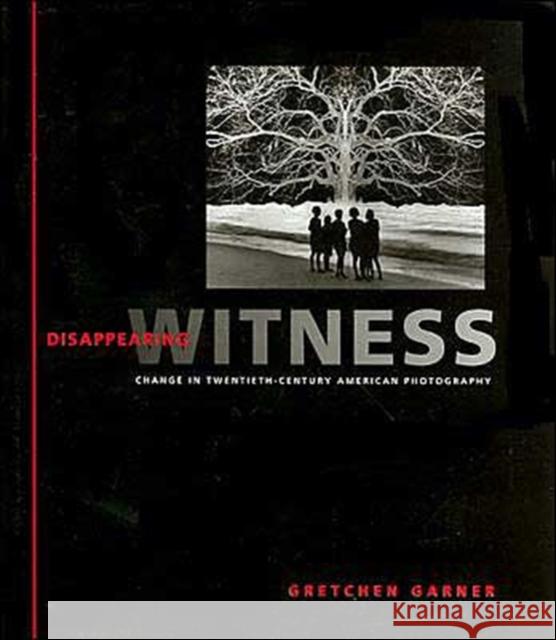Disappearing Witness: Change in Twentieth-Century American Photography » książka
Disappearing Witness: Change in Twentieth-Century American Photography
ISBN-13: 9780801871672 / Angielski / Twarda / 2003 / 328 str.
American photographers documented and defined the twentieth century in a remarkable array of images, the style and content of which evolved dramatically over the course of the century. In Disappearing Witness, photographer and art historian Gretchen Garner chronicles this transformation, from the introduction of the 35-millimeter camera in the 1920s to the digital photography of today. Accompanied by over 125 key works in the history of photography--fine-art, documentary, and editorial--her thoughtful and enlightening discussion traces American photography's aesthetic, commercial, and technological changes, as the medium's primary role of spontaneous witness gradually gave way to contrived arrangement and artistic invention.Garner discusses direct witness as the dominant paradigm for American photographers from the 1920s to the 1960s. During these decades, photographers saw their medium primarily as a vehicle for truthful description and sometimes as a weapon against social injustice. In the 1960s, however, photographic practice and its cultural significance shifted to reflect more personal, idiosyncratic, and staged visions of reality--a trend, Garner notes, that has intensified with digital photography. The major portion of the book is devoted to post-1960s work, exploring how the changes have affected portraiture, documentary, landscape, still life, fashion, and the new genre of self-imagery. In documenting this transformation in American photography, Disappearing Witness forcefully rethinks the history of photography itself.











